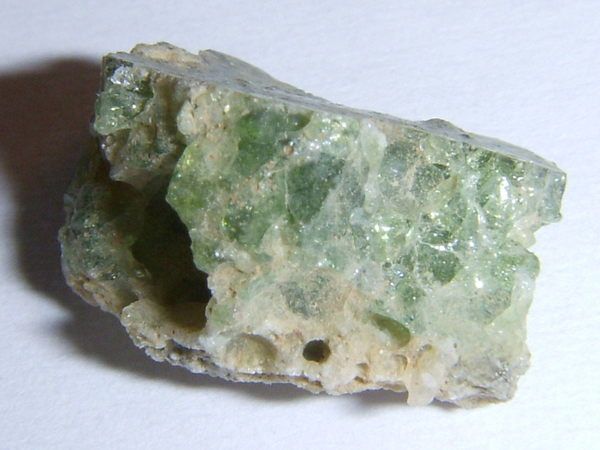Following four years of top-secret research and development, the scientists of the Manhattan Project were ready to test their first nuclear weapon, a plutonium bomb code-named Trinity.
When the bomb detonated over the sands of New Mexico on July 16, 1945, the fireball heralded the arrival of the nuclear era. It also created something a little smaller: scattered lumps of knobbly green glass.
Trinitite is the mineral that formed from sand that liquefied during the intense heat of the Trinity test. Initially it was believed that trinitite was created when the heat of the fireball liquefied the sand on the ground. In 2005, however, Nuclear Weapons Journal published a study that contradicted that assumption. After conducting “macroscopic measurements and theoretical calculations of the blast” using trinitite samples “approximately the size of a small pancake,” Los Alamos National Laboratory chemist Robert Hermes and his colleagues concluded that the chunks of mineral were formed when sand got scooped up into the atomic fireball, liquefied in the heat, then fell back onto the hot sand on the ground to form glassy clusters.










Comments are closed.